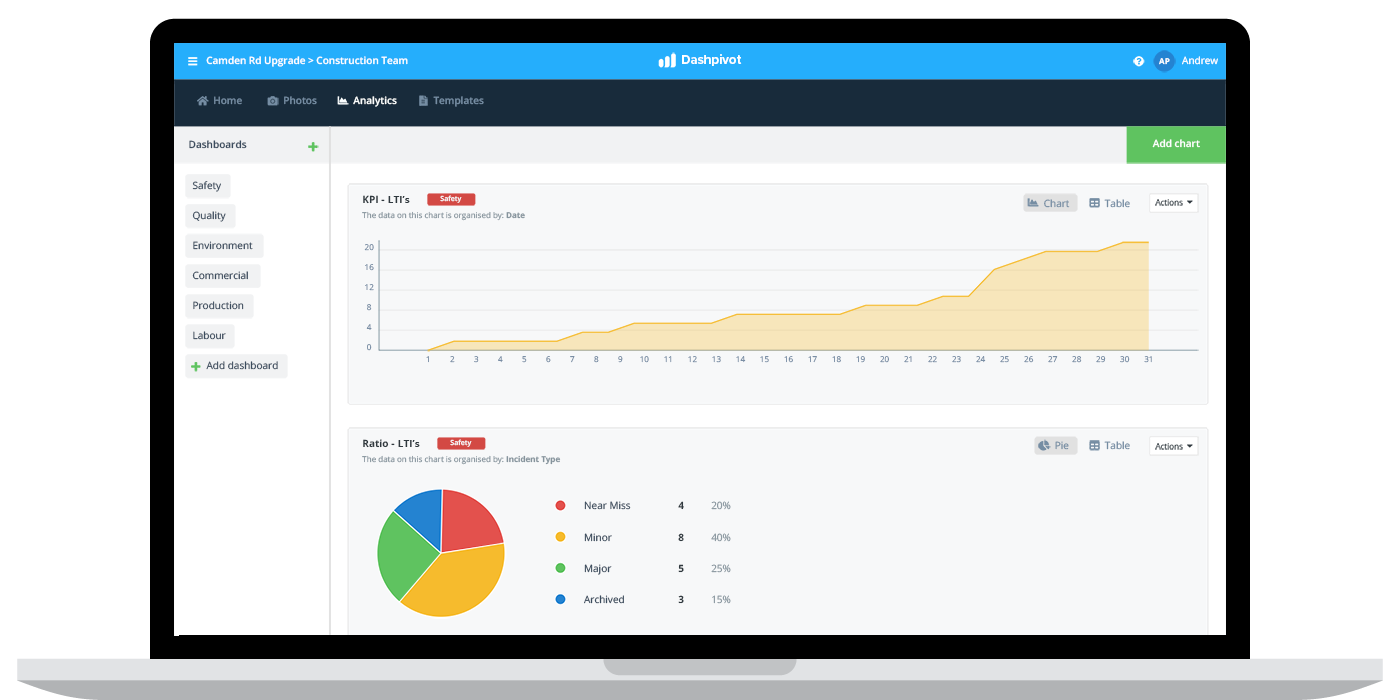Safety – Lost time injury

Lost time injury - The definition of an LTI, and why it matters to you
Lost time injury definition
The definition of a lost time injury (LTI) is an injury sustained by an employee which resulted in a fatality, permanent disability or lost time from work.
From a 'business' and performance standpoint, a lost time injury is any injury which led to a loss of productive work time. This loss of productive work time can be because the injured worker stayed home and took time for recovery, is in hospital, or simply couldn't perform their regular duties.
The measure of a lost time injury doesn't take into account the severity of the injury, so the lost time could be as little as one day or shift, or as much as permanent disability.

Because lost time is a safety KPI (like these) used by companies and projects to measure their safety performance, only injuries sustained 'on the job' count towards the company or project LTI's.
The number of lost time injuries a company or project encounters is really important, because this number forms the basis of a number of critical quantitative safety performance metrics like the lost time injury frequency rate which you can read more about here.
The key difference between an LTI and other injury metrics is that it looks at injuries through the lens of time off or lost productivity rather than simply counting the number of incidents or injuries which have occurred.
Lost time injury frequencies
We have a whole article dedicated to lost time injury frequency rates here, but to give you a general idea of lost time injuries across different industries, you can see the table below.
This table is looking at LTI's in the same way that all companies do - by calculating their own lost time injuries and then expressing that as a number per 100 employees.
While it's important for a company to track the number of LTI's which have occurred from project to project and year to year and measure any fluctuations in that number - part of the purpose behind KPI's is to measure performance and benchmark oneself or ones own company against others.
For this reason, many companies as well as external authorities look quite long and hard at these numbers for red flags, green flags and other indications as to how things are going.
| Industry | LTIFR |
|---|---|
| Wholesale Trade, Transport, Postal, and Warehousing | 2.37 |
| Manufacturing | 2.67 |
| Mining, Utilities, and Waste Management | 0.80 |
| Other Services | 1.91 |
| Construction | 1.02 |
| Information Media and Communications; Finance and Insurance; Property Services; Business Services; Business Support Services; Public Administration | 0.19 |
Lost time injury severity rate
As we have already mentioned, one of the major weaknesses of the LTI as a safety metric is that it doesn't factor in the severity of the injury - which can be problematic for a number of reasons.
In order to combat this, like with most KPI's and measurements, companies, projects and authorities supplement these more quantitative measures with slightly more qualitative ones like the severity rate.
The severity rate, in contrast to the lost time injury, looks only at the severity of the injury which can be derived from the number of days off which resulted from a lost time injury.
The underlying theme for lost time injuries like all of these KPIs is that none of them tell the full story.
Making sure that you have a number of lagging and leading indicators on your safety scorecard is the only way to get a proper read on your safety performance and get the insights you need to improve metrics like lost time injuries during the next phase of measurement.